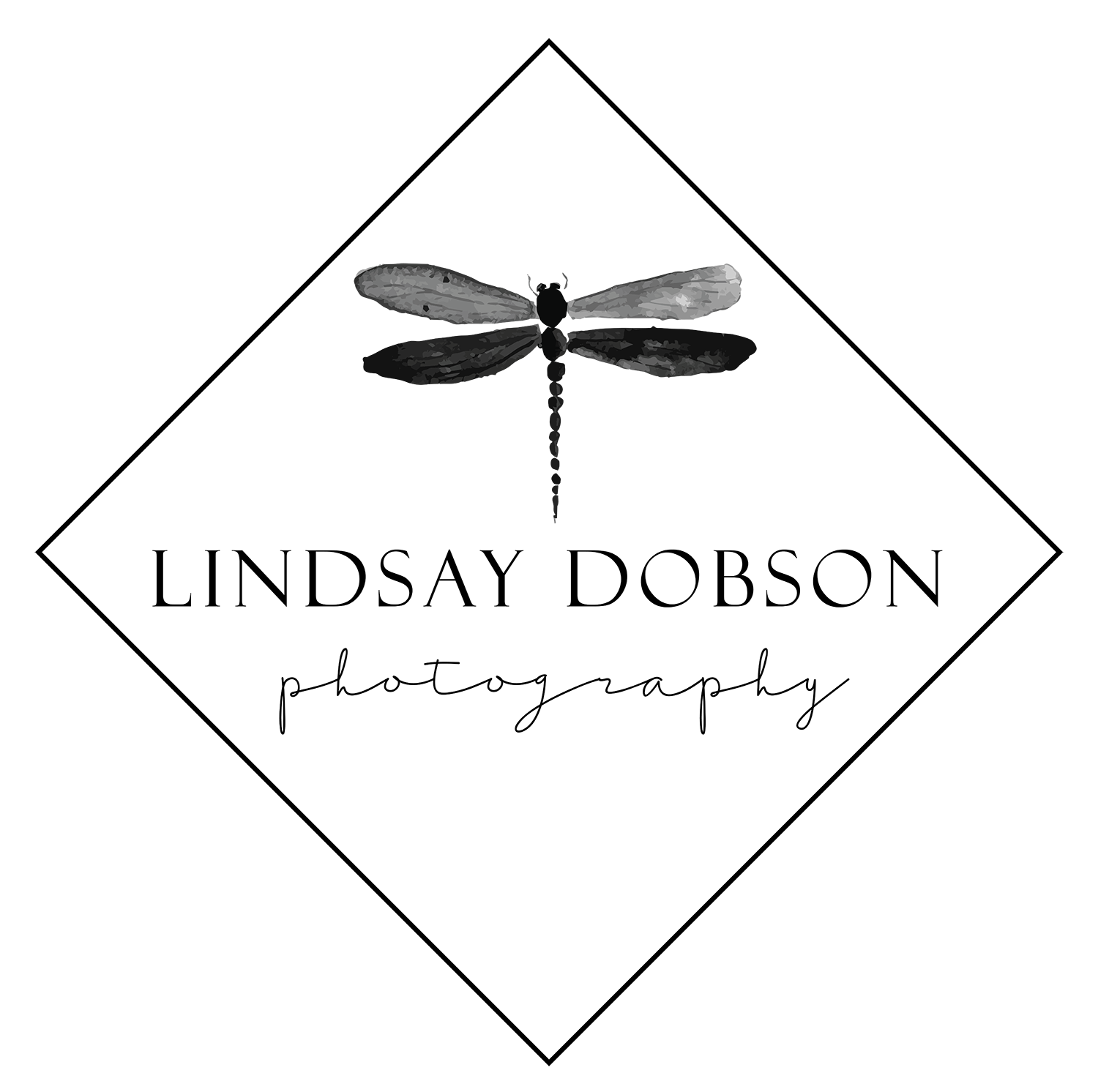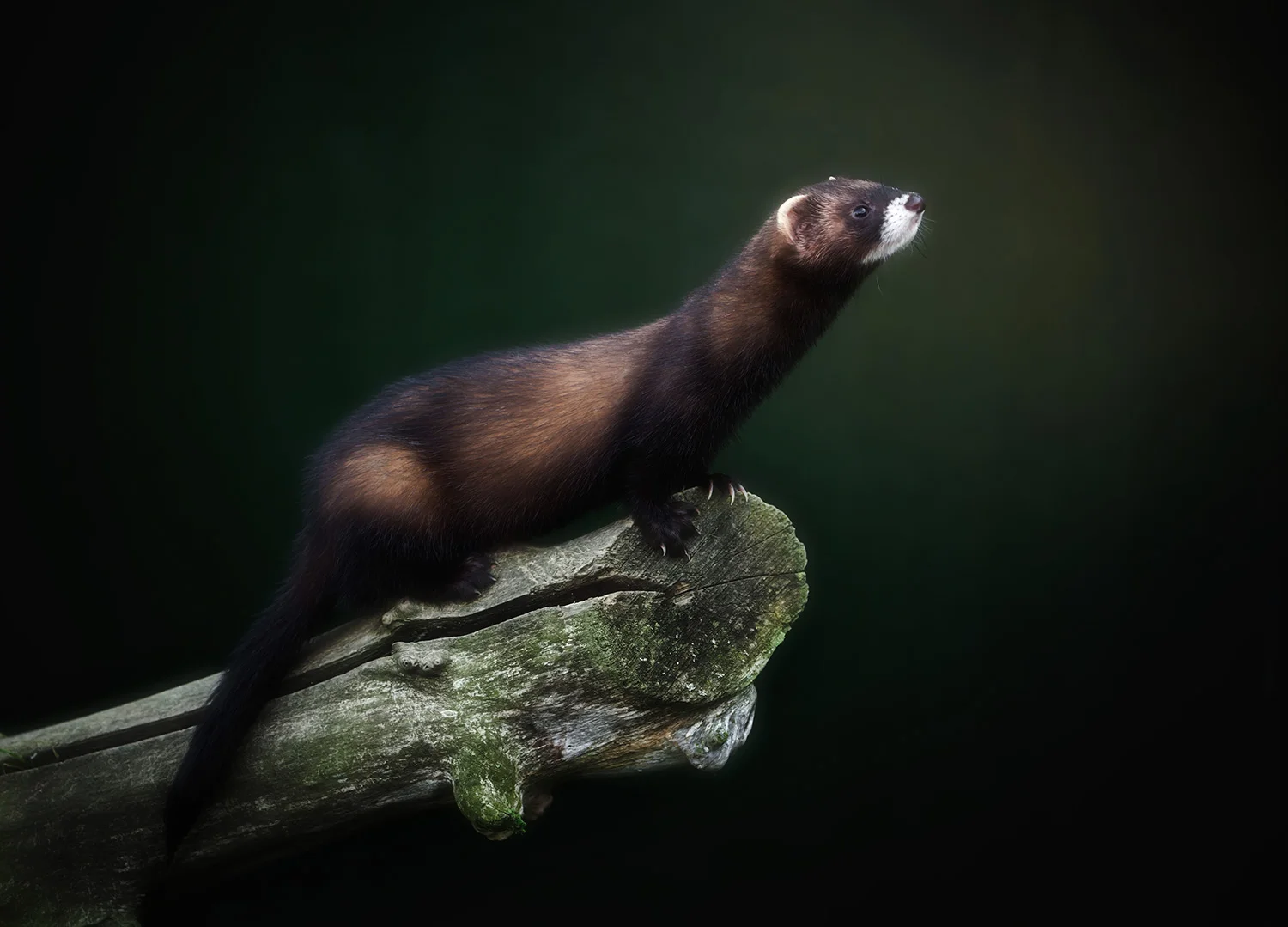Pet Polecat Photography in Surrey
Pet and animal photographers encounter all sorts of furry subjects. I met this charming and very entertaining Polecat in Surrey recently. But photographing Polecats takes a little time and patience because they dart around and they’re full of energy. Firstly a Polecat belongs to the weazel (Mustela) family and so it’s not a rodent – and Polecats are part of our natural wildlife, unlike Ferrets which are bred to look the way they look. Ferrets were bred from domesticated polecats and have assumed some minor physical and genetic differences as a result. Catching them just before feeding time is usually best – they’re active and they’re looking about in anticipation – this often involves climbing onto a perch, but you’ll need to be quick as these animals are rarely still.
Don’t assume all ferrets are white. In fact it can be quite difficult to tell the difference between a polecat and a domestic ferret. You do get ferrets in the wild in the UK but these are mostly domestic animals which have escaped. Although they’re different, both are genetically similar enough to interbreed. You’ll see a lot of coat variations in ferrets and that’s where the confusion between ferrets and polecats will often arise. There is the belief that ferrets are always very pale in colour, but that isn’t true. They do tend to be a little leaner than polecats, and apparently they’re a bit more sociable.
Currently in the UK polecats are found wild in the Midlands, Wales, and in Scotland.
One thing I can tell you is that the pet ferrets and pet polecats I’ve met have all been highly entertaining and lovely in nature. I can see why these beautiful little animals are so popular.

